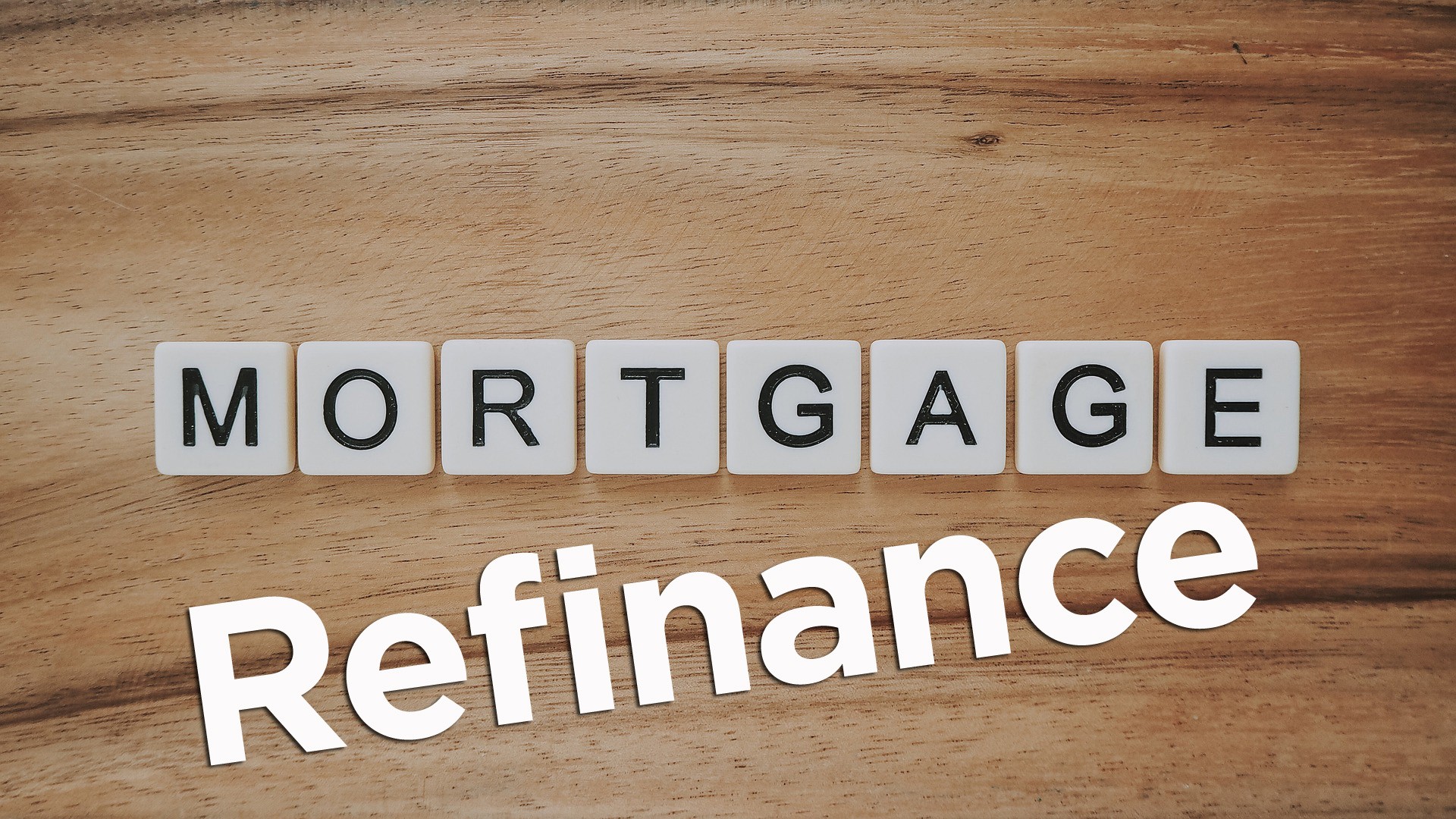Blog


Friday
25
SEPTEMBER
2020
Winnipeg Mortgage Brokers Explain How Refinancing Your Mortgage the Right Way Can Save You Money

Mortgages are big commitments, with most lasting more than 20 years! Luckily, the mortgage you start off with doesn’t have to be the same mortgage you finish with. Refinancing is a tool you can use to reshape your mortgage to better suit your needs.
Refinancing your mortgage can save you money in the long run, but it’s essential to understand how it works before considering it for yourself. This is where a One Link Mortgage Broker can help! They will be able to assess your personal situation and help you understand your options.
What is a mortgage refinance?
A mortgage refinance lets you end your current mortgage and start a new one. You can choose to do this with your current lender or another one. Doing so lets you apply for a new rate, change the conditions of your mortgage, and borrow additional cash by accessing the equity in your home.
A mortgage refinance can be done at any time, either during or at the end of your current mortgage term. If you refinance in the middle of your current term, you’ll be breaking your mortgage early and will thereby incur a prepayment penalty.
It’s important to know the difference between a refinance and a renewal. A mortgage renewal can only be done at the end of your current mortgage term. At renewal, you can choose a new rate and switch to a different lender. However, you won’t be able to change any of the conditions of your current mortgage or access any of the equity in your home.
If you need to make changes to your mortgage conditions, access the equity in your home, or make changes to your rate or lender in the middle of your term, then you’ll need to refinance your mortgage.
Reasons to refinance your mortgage
There are three main reasons to refinance your mortgage: To lower your rate, to access the equity in your home, or to consolidate debt.
Lower your rate: Refinancing lets you apply for a new mortgage rate from scratch. You might consider this if today’s market rates are much lower than the mortgage rate you currently have. Just remember that breaking your mortgage in the middle of your term will result in a prepayment penalty. Sometimes this penalty can eat up all the saving you could earn with the lower rate! Here’s another thing to consider – if you believe mortgage rates will be higher at the end of your term, refinancing today could lock in today’s lower rate for longer.
Accessing the equity in your home: Refinancing lets you borrow against the equity you’ve built up in your home. This cash can be used for renovations, tuition, or other large expenses. To access some of the equity in your home, you’ll need to take out a new mortgage amount that is bigger than the remaining balance on your current one, leaving you with a cash surplus.
Consolidating debt: If you have multiple lines of credit, such as a car loan, credit card, and/or student loan, refinancing may let you consolidate all of them into your mortgage. To do this through a refinance you can borrow additional cash against your home equity, then use that to pay off your other loans. This will leave you with a single mortgage payment every month, instead of multiple payments for your different loans.
How much can a refinance cost?
Refinancing isn’t free, but the costs can vary significantly depending on the details of your current mortgage. Below are the main types of fees and costs that come with refinancing:
Prepayment penalties: If you refinance in the middle of your mortgage term, you’ll have to break your current mortgage early, triggering a prepayment penalty. For variable-rate mortgages, the prepayment penalty is three month’s interest. For fixed-rate mortgages, your prepayment penalty will either be three month’s interest or the Interest Rate Differential (IRD), whichever of the two is greater. The IRD is a complicated formula that varies by lender and can amount to several thousands of dollars, depending on the circumstances of your current mortgage.
Legal Fees: Refinancing will require a lawyer to review the terms of your new mortgage, facilitate the transaction, and make any necessary changes to the title on your property. Legal fees can be in the hundreds or low thousands of dollars. These fees are sometimes covered by your new lender, but not always.
Discharge fee: If you’re changing lenders, you’ll need to pay a discharge fee to separate from your current lender. This is normally a few hundred dollars.
Refinance rates: Unlike mortgage rates for purchases and renewals, refinances are not covered by mortgage default insurance, which protects the lender should you default on your mortgage. This makes it riskier for lenders, so they charge higher rates for refinances. Your One Link Mortgage Broker will be able to assist you by comparing mortgage refinance products from multiple lenders in order to get the best mortgage and rate available to you.
The bottom line
Despite the costs of refinancing, it may still be a worthwhile step for you to take. For example, you might be able to save big on interest, even after prepayment and legal fees. Alternatively, accessing some of your home’s equity as a lump sum to cover a large expense or consolidate debt could be worth the cost.
It’s a good idea to speak to the experienced and trusted Winnipeg Mortgage Brokers at One Link to help you understand what your costs and options are. Contact one of our professionals today!
Source: Ratehub.ca via HuffPost
LATEST POST
- First-Time Home Buyer Budgeting in Manitoba: What to Expect on a $350,000 Purchase
- Manitoba Housing Market Outlook 2025: What Buyers and Homeowners Need to Know
- Spring Homebuying Season in Manitoba: Get Pre-Approved and Find Your Dream Home
- Mortgage Renewals in 2025: Don’t Let the Headlines Scare You!